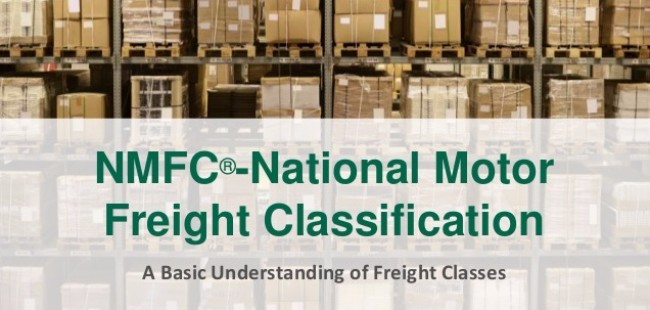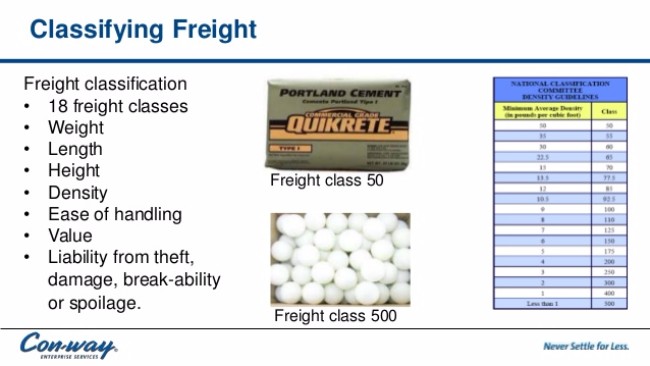- Density
- Stow-ability
- Handling and
- Liability
The National Motor Freight Classification has packaging requirements to ensure the safety of the freight.
The freight needs to be adequately protected and stowed while transportation. Another thing is that contains Uniform Straight Bill of Lading with terms and conditions.
Wanna Become a Truck Driver and Make Up To $2500 per week?
What The Class Numbers Mean?
Every item that is transported has own freight class codes. The number helps that item to be classified by:
- Type
- Height
- Length
- Weight …

Source: www.gforceship.com
These class codes make the handling and transportation easier. The goods that have lower class code are cheaper for transportation and by this; the freight class codes that are higher ranked are more expensive.
Also, the other transportation factors such as the difficulty in handling, the factor of how the items are stored or the liability issues can affect the price. Finding the correct freight class codes is the factor of paying more than you should or paying the exact amount for that freight.
You need to be careful to avoid additional expenses for reclassification shipping fees.
Source: www.slideshare.net
Here is an example:
The cement is ranked in class 55 with a weight between 35 – 50 pound per cubic foot and Clothing is ranked in class 175 with a weight between 5-6 pounds per cubic foot. The clothing cost will be higher than the cost of the cement because it is ranked higher despite the fact that the cement is heavier in weight.







